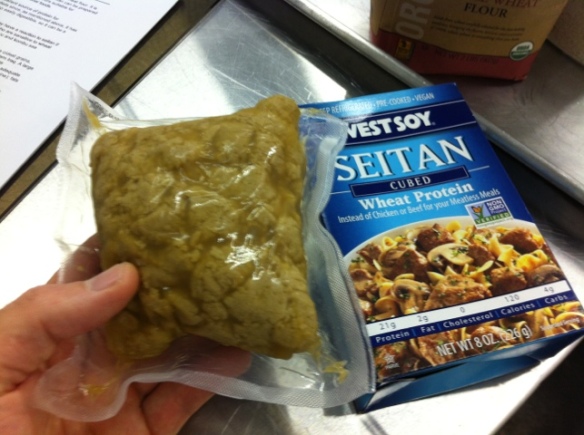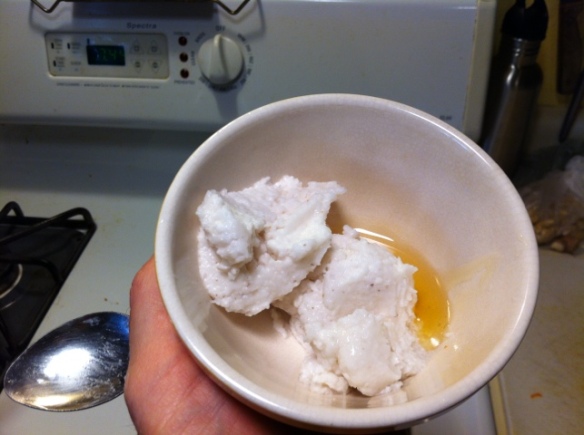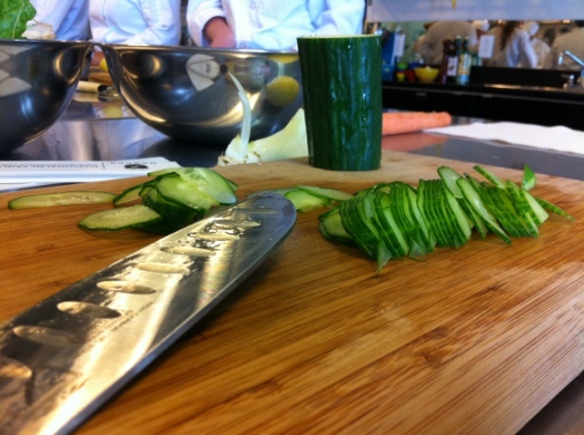I promised another post regarding the visit by internationally-recognized macrobiotic counselor Warren Kramer, so here it is. Overall, I’m just really glad to have gotten the chance to see someone who is such an authority in the healing art of macrobiotics. The appreciation for alternative approaches to health is one of the things that sets The Natural Epicurean apart from what other culinary schools offer, so I’m glad to be a part of the program.
There were a number of highlights from Warren Kramer’s visit that I figured I’d jot down in hopes that it would help me remember them!
- A healthy person tries to keep empty, not full. Eating just enough to be strong is the goal, not feeling full all the time.
- People tend to crave more of the foods that exacerbate their current condition. Continue reading










